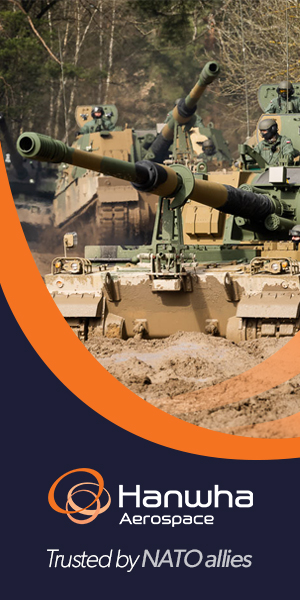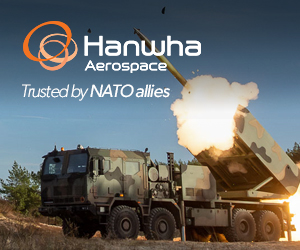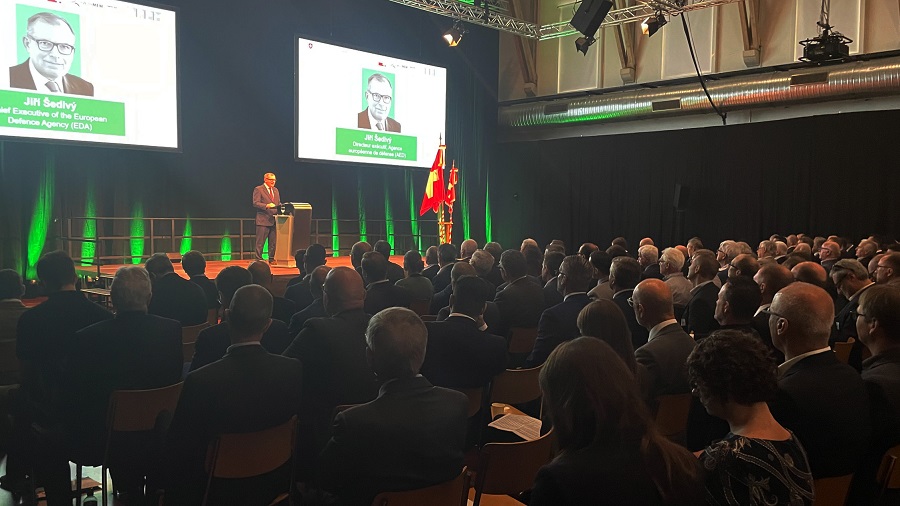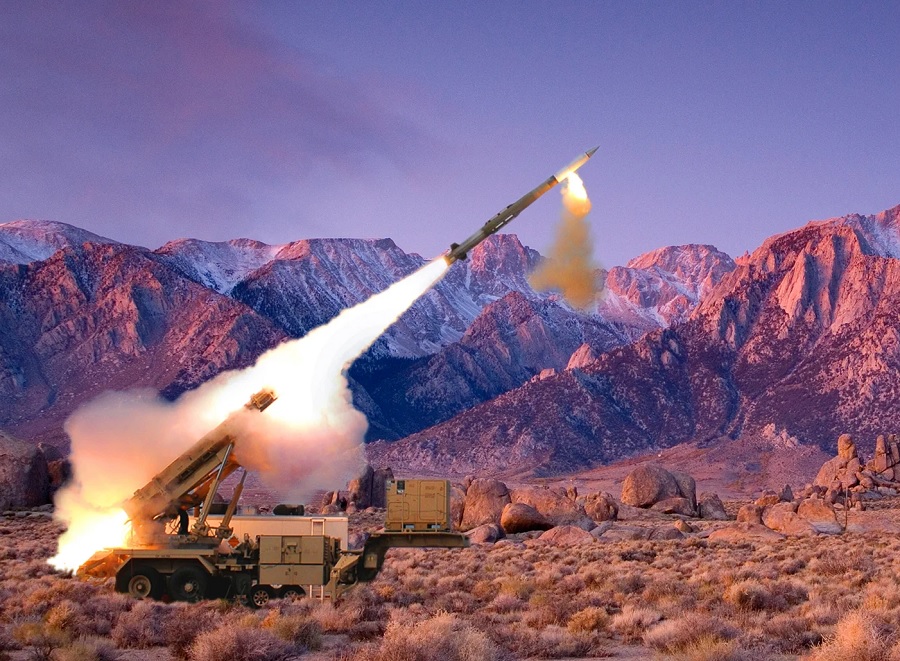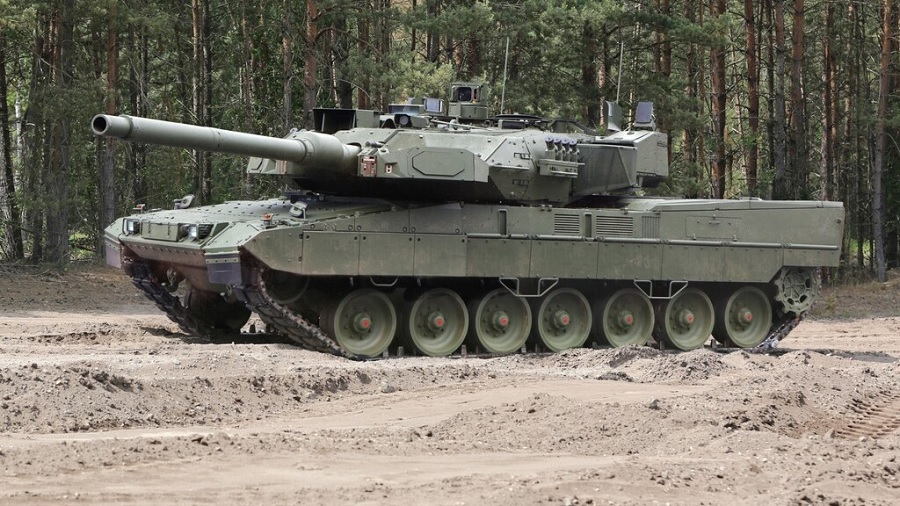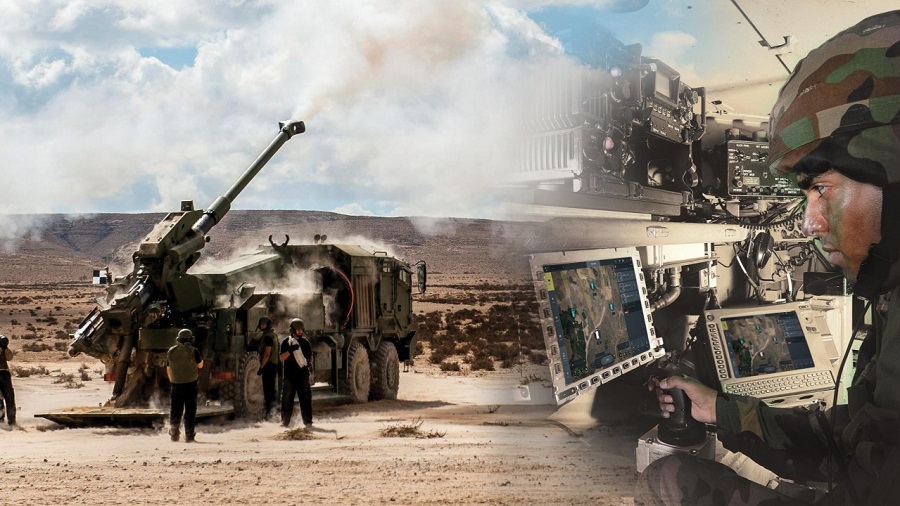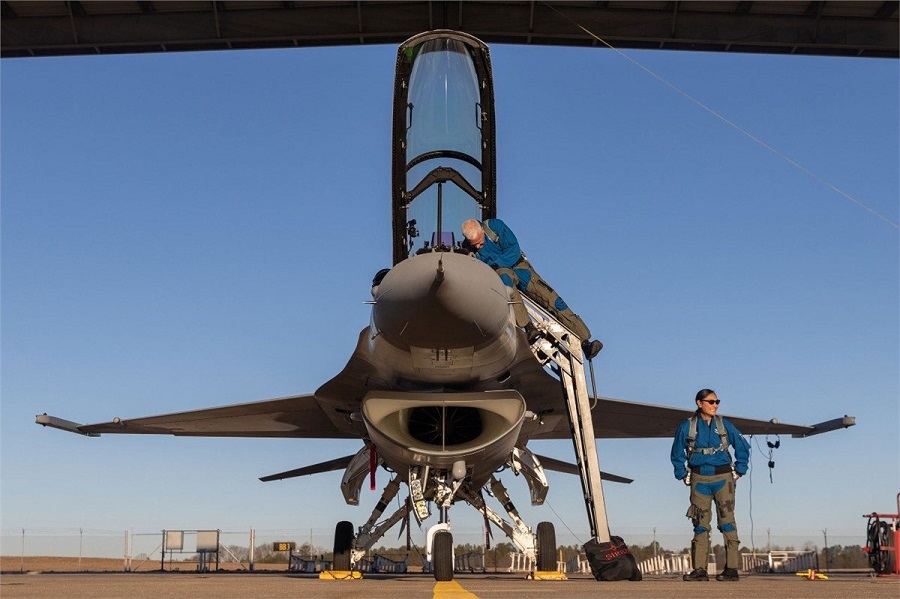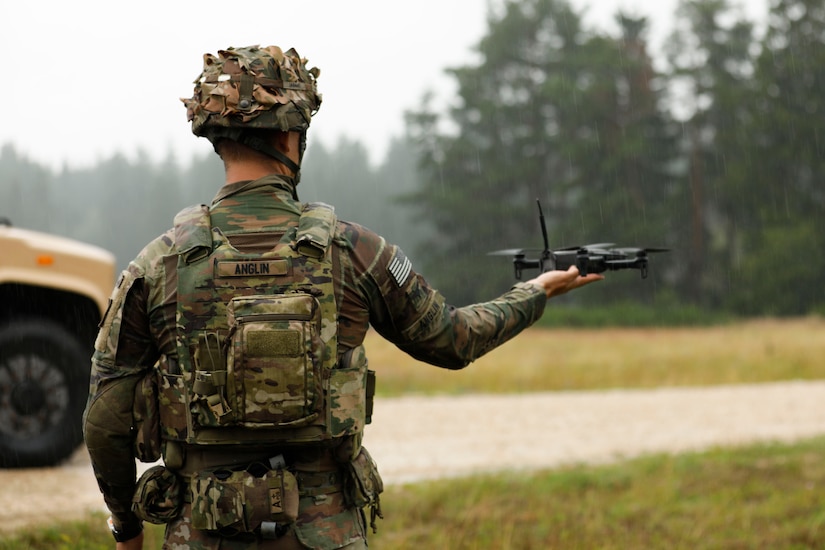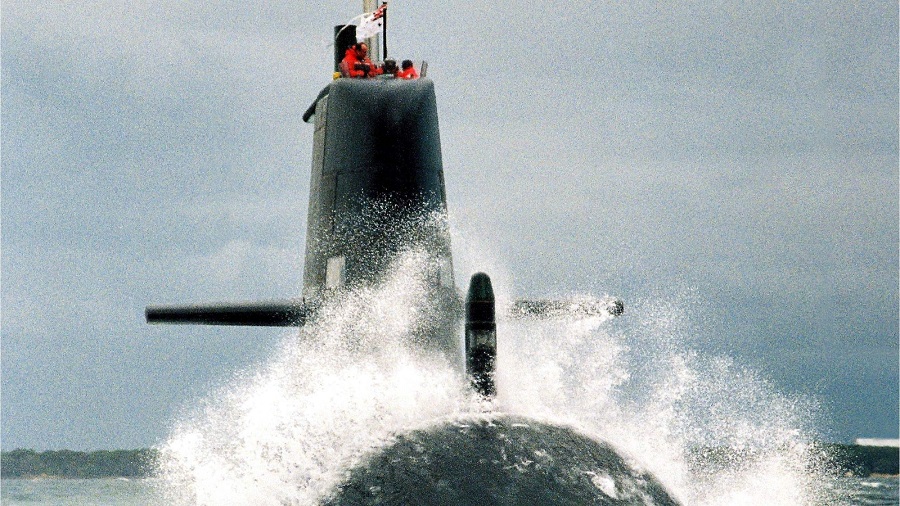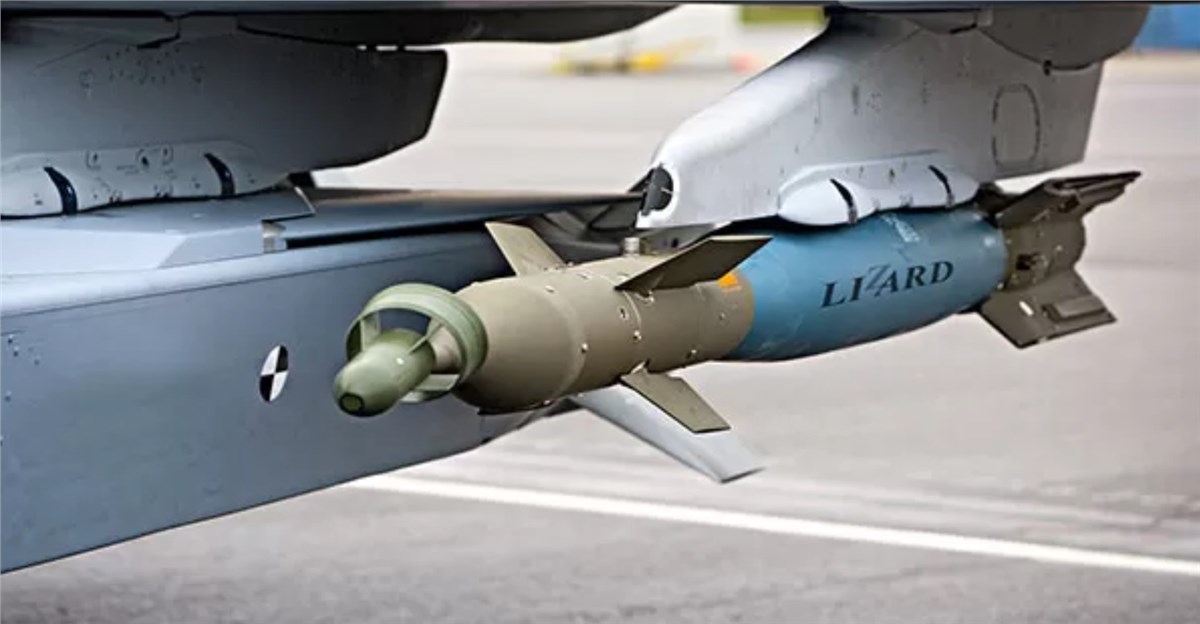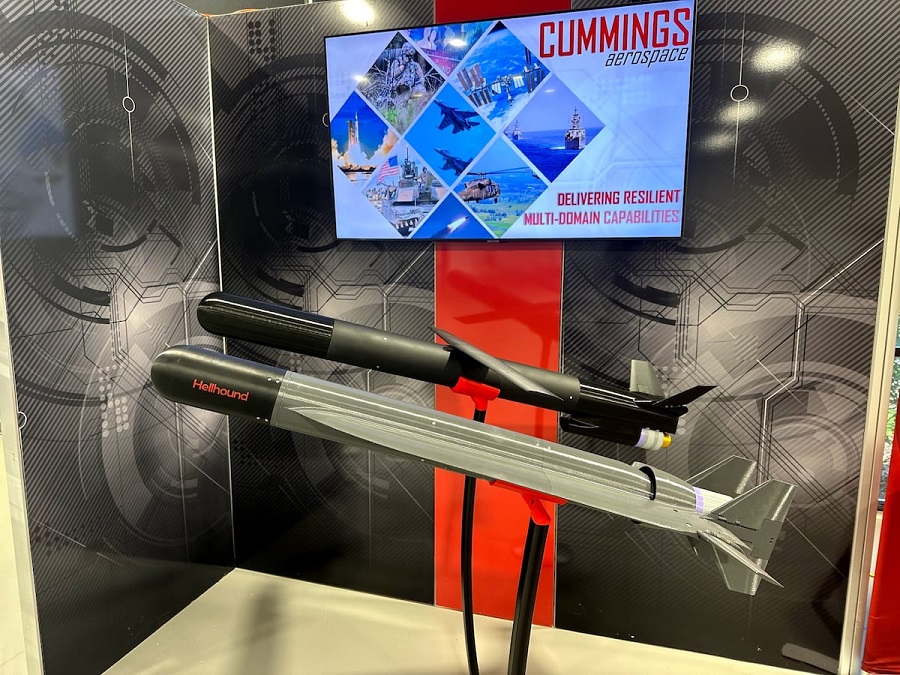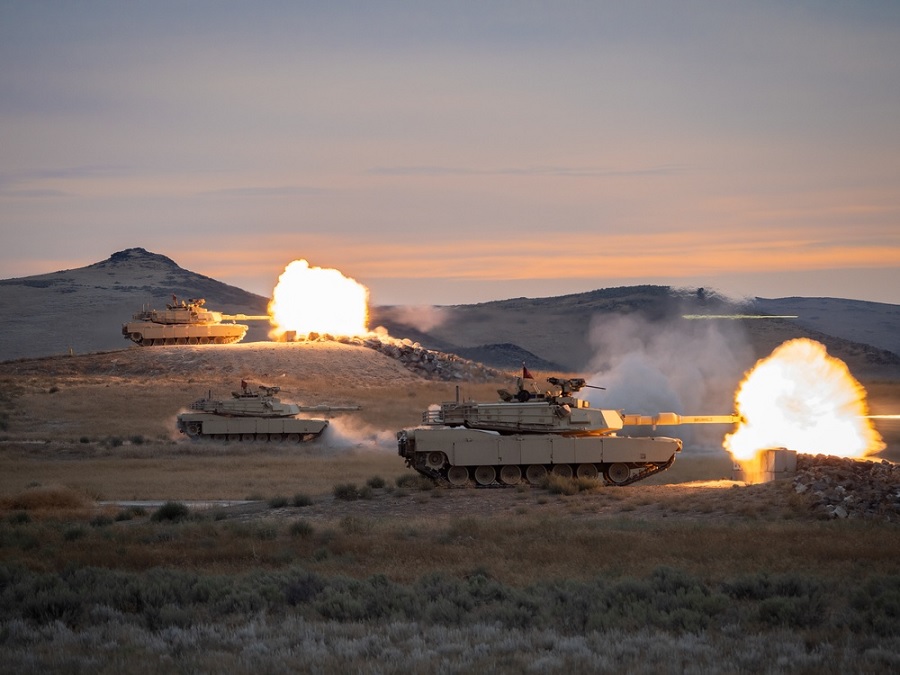“This successful demonstration verifies the reliability and accuracy of the BURIA–THeMIS integration,” said Paul Clayton, Director of Industrial Partnerships at Milrem Robotics. “It highlights the expanding role of robotic platforms in improving tactical effectiveness and operator safety on the modern battlefield.”
During the trials, the THeMIS Combat showcased excellent stability and target tracking, confirming its capability as a remotely operated fire support system. The firing tests also underlined the platform’s versatility in accommodating different kinetic payloads.
“This is a vivid example of Ukrainian innovation combined with European engineering,” said Yevhen Tretiak, CEO of Frontline. “At Frontline, we believe the future of modern warfare belongs to robotic systems. BURIA is part of our vision for a robotic frontline — where drones perform defensive and offensive operations while soldiers remain out of harm’s way. Together, we’re fast-tracking these technologies to the frontlines.”
Further live-fire testing and tactical validation are planned in the coming weeks to evaluate performance across varied battlefield scenarios. The data gathered will inform future upgrades and possible deployment strategies.
The THeMIS was the first unmanned ground vehicle in its class to be deployed by the Ukrainian Armed Forces in the war against Russia and is regarded as the most capable UGV currently operating in Ukraine. The BURIA grenade launcher RWS has been in service since January 2025, is now in serial production, and is being actively integrated into combat support units through a dedicated frontline training programme.





